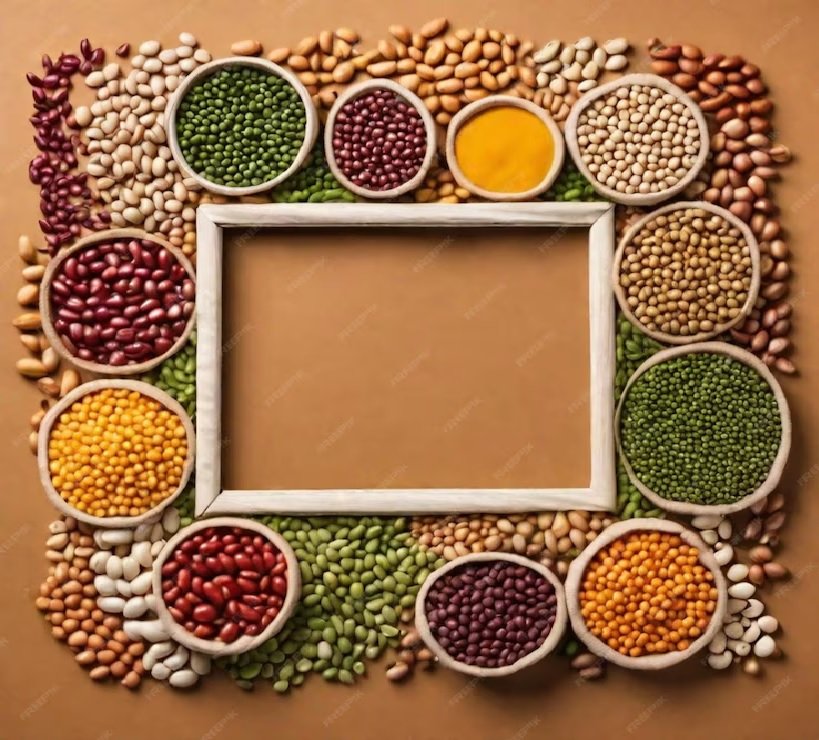37 percent decline in import cost of pulses during April-May
25-Jun-2025 03:20 PM

Mumbai. Due to weak demand and sufficient supply, the pace of pulse imports in the country has slowed down, resulting in a significant reduction in expenditure.
According to data from the Union Commerce Ministry, the cost of importing pulses dropped by 37 percent—from $782 million during April-May 2024 to $492 million in the same period of 2025.
In the last financial year, India witnessed record imports of pulses, some of which are still in stock. At the same time, domestic demand has weakened considerably, while the supply and availability remain steady.
Rahul Chauhan, Director of iGrain India, stated that compared to last year, the export offer prices of pulses from exporting countries have also declined slightly.
Furthermore, with the monsoon expected to be better than average this year, the outlook for domestic production of pulse crops appears promising. The sowing of Kharif pulses has already begun.
Official data shows that during the current Kharif season, the total area under pulse crops increased by 42 percent—from 6.63 lakh hectares to 9.44 lakh hectares—up to June 20, 2025.
However, within this, the area of Arhar (Tuvar) declined slightly from 2.61 lakh hectares to 2.48 lakh hectares. In contrast, Urad cultivation rose from 62 thousand hectares to 1.39 lakh hectares, and Moong cultivation increased from 2.67 lakh hectares to 4.43 lakh hectares. The area under other pulses also rose from 67 thousand hectares to 94 thousand hectares.
According to Rahul Chauhan, pulse imports are expected to decline during 2025–26 compared to 2024–25, as the supply situation remains stable and domestic production is likely to improve.
As per iGrain India, yellow pea imports during April-May 2025 fell sharply to 1.31 lakh tonnes from 6.86 lakh tonnes in the same period last year.
Similarly, Desi gram imports were nearly halved, decreasing from 29,948 tonnes to 15,536 tonnes. It is worth noting that India imported a record 15.06 lakh tonnes of gram in the financial year 2024–25.
